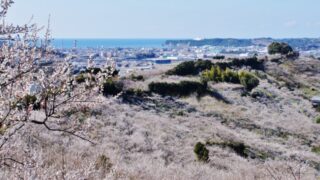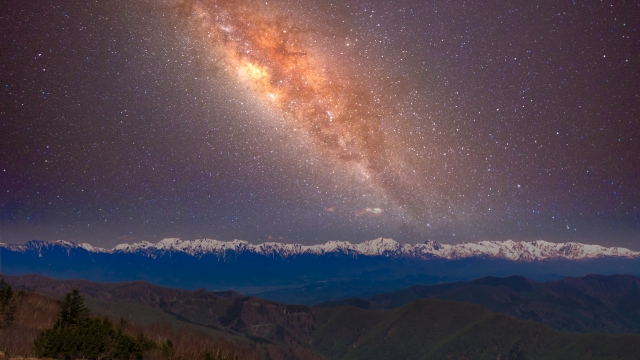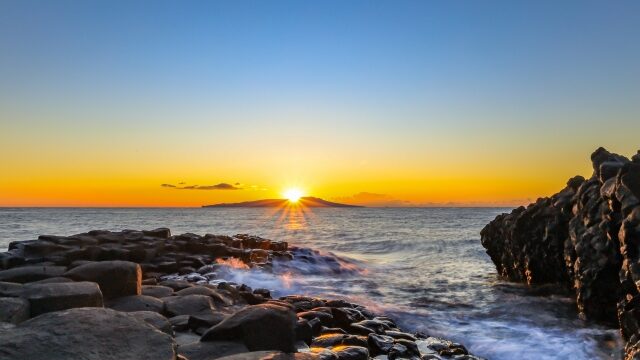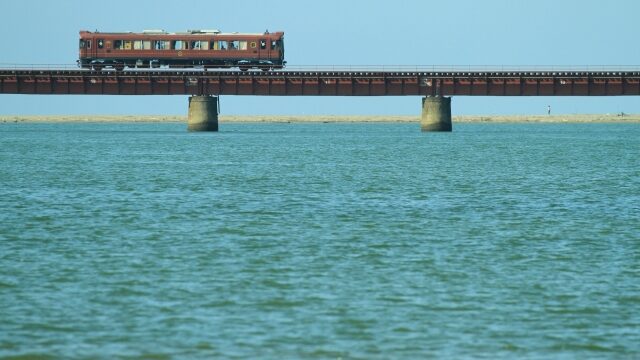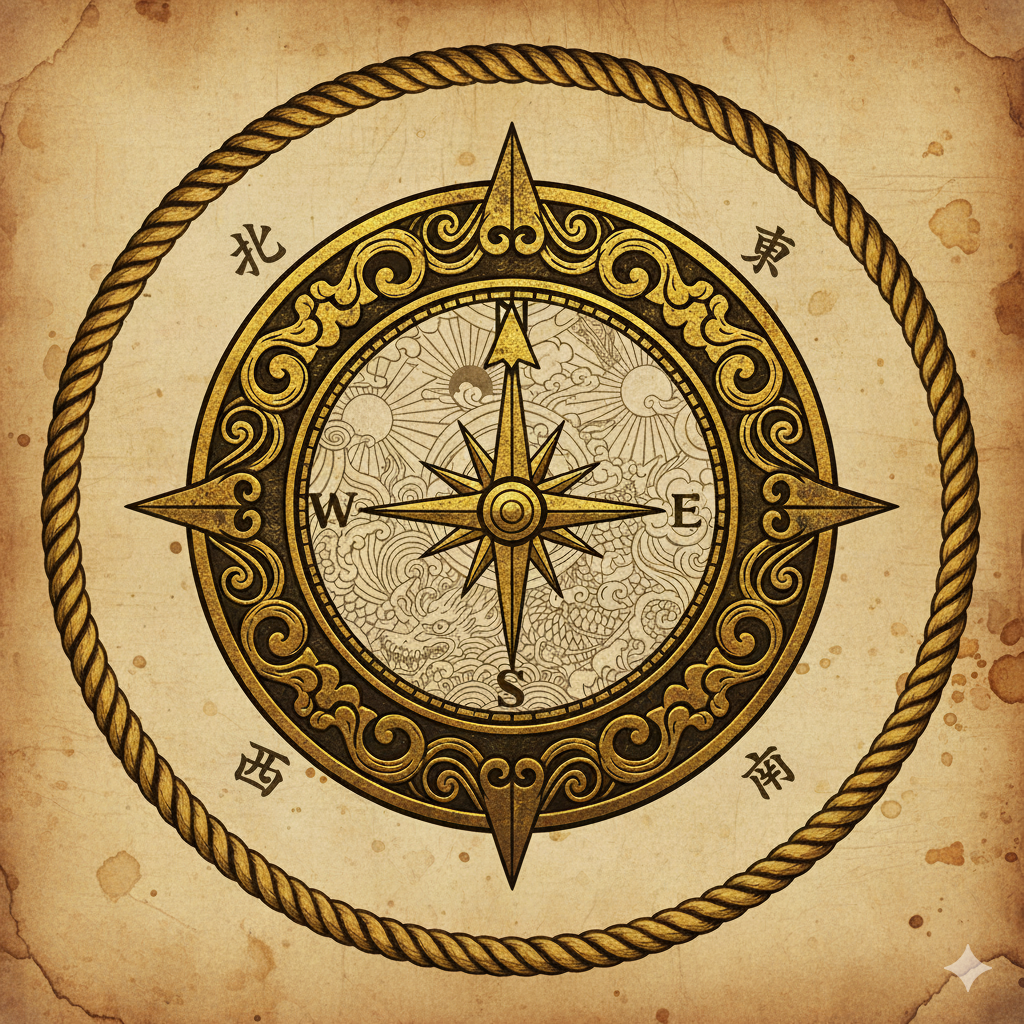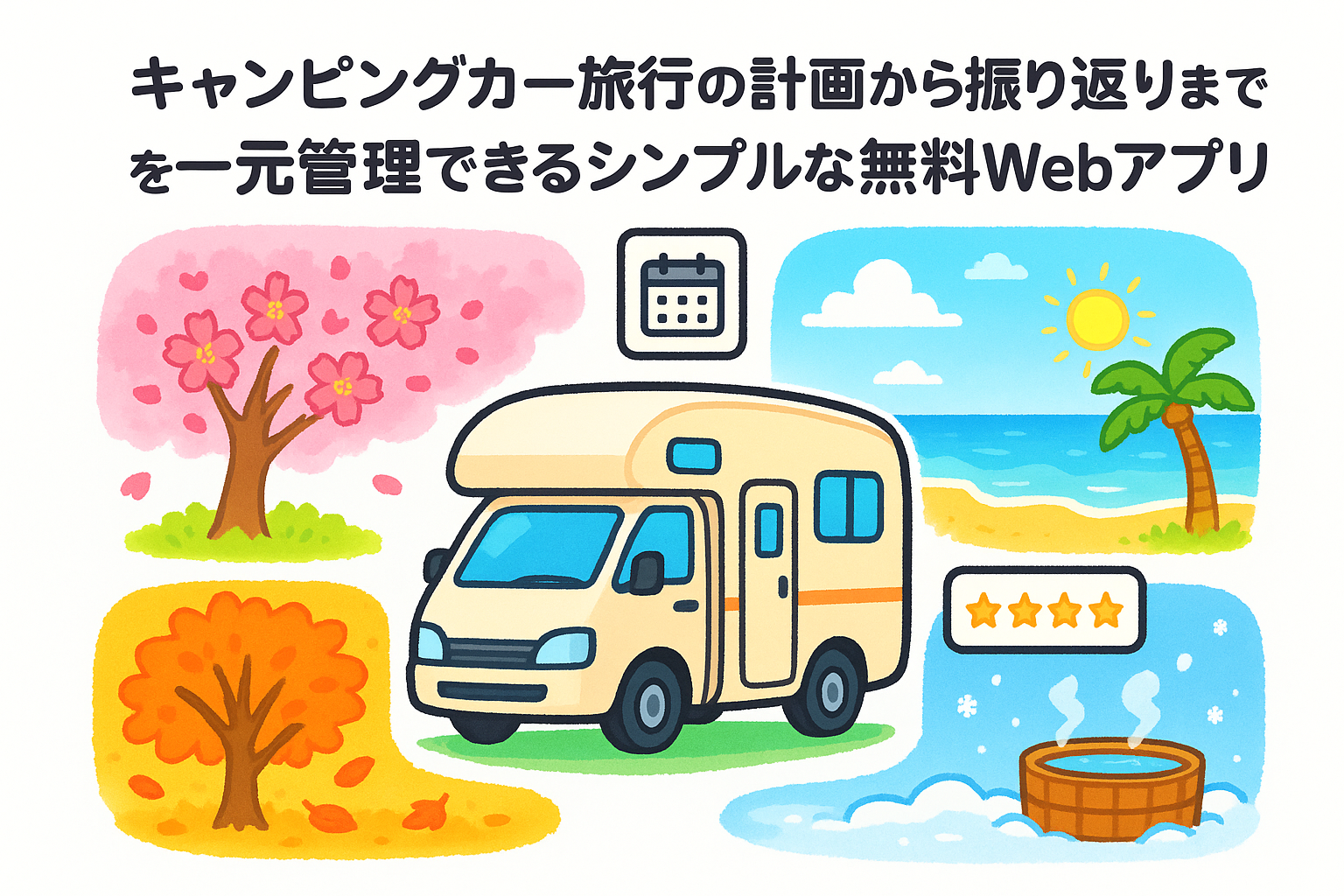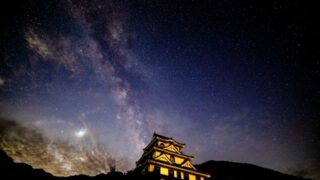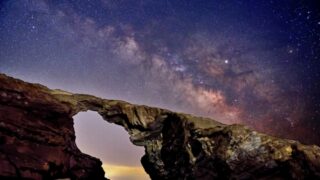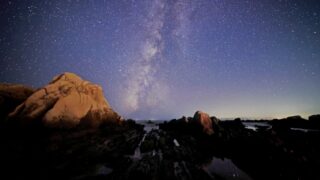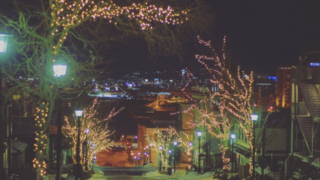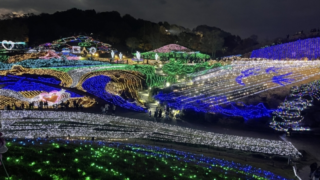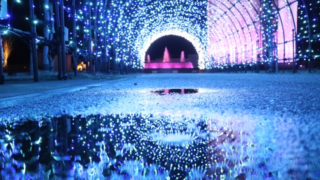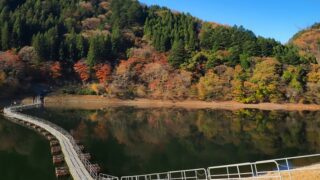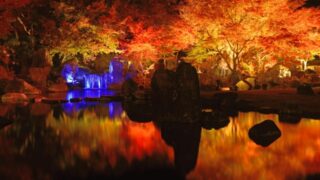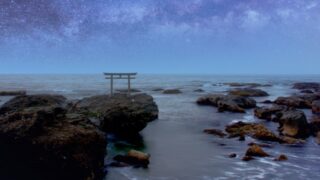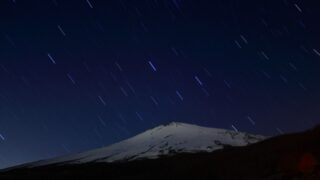Japan offers countless breathtaking spots for stargazing in every season. Whether you’re chasing the Milky Way in summer, watching meteor showers in autumn, or enjoying crisp, clear skies in winter, a camper lets you travel wherever the stars shine brightest. Below is an all-season guide on how to get the most out of your stargazing adventures in Japan—from recommended gear and travel tips to some of the country’s top celestial viewpoints.
1. Why Stargazing from a Camper Is Worth It All Year Long
Comfort in Any Climate
A camper’s built-in amenities let you adapt to varying temperatures and weather. Use your heating in cooler months to stay cozy, or enjoy air circulation in warmer seasons. Having a bed, kitchenette, and storage space on hand makes long observation sessions more pleasant—no matter the time of year.
Freedom to Explore
With a camper, almost any parking area can become your basecamp under the stars. Head to high elevations for clear summer skies, or venture to remote regions where city lights won’t spoil your winter view. Every season offers its own astronomical highlights, so you’re free to chase them wherever they may be.
Shared Memories
A camper’s interior easily fits family or friends, turning a simple night of stargazing into a communal experience. Whether you’re traveling with kindred astronomy buffs or introducing children to their first glimpse of the Milky Way, these moments become memories that last a lifetime.
2. Essential Preparations for Year-Round Stargazing
Stay Comfortable
- Heating & Cooling: Check your camper’s heating system and, if needed, a portable air conditioner or fan. Make sure your fuel or battery supply is sufficient for the duration of your trip.
- Seasonal Clothing: In colder months, bring thick jackets, hats, gloves, and warm boots. In warmer weather, dress in breathable layers and carry bug repellent.

Gather the Right Gear
- Stargazing Tools: A telescope, binoculars, and a star chart are staples. Smartphone apps like Star Walk or Sky Safari help beginners identify constellations and planets.
- Sleeping Essentials: An insulated sleeping bag or blankets for winter, plus lighter bedding for summer, will ensure you rest comfortably.

Keep an Eye on the Weather
- Forecast Check: Look up local forecasts with apps such as Weather News or stargazing indices (星空指数) to pick the best viewing nights. Seasonal shifts can dramatically affect visibility.
- Road Conditions: Mountain passes may be snowy in winter or subject to heavy rain in the rainy season. Confirm road accessibility and plan accordingly.
Stock Up on Supplies
- Food & Drink: Warm soups and hot beverages help combat cooler nights, while chilled drinks and easy-to-cook meals can be a lifesaver in the heat of summer.
- Safety & Navigation: GPS, portable chargers, flashlights, and first-aid kits are crucial, no matter the season.
3. Five Must-Visit Stargazing Spots for Every Season
Utsukushigahara Highlands (Nagano Prefecture)
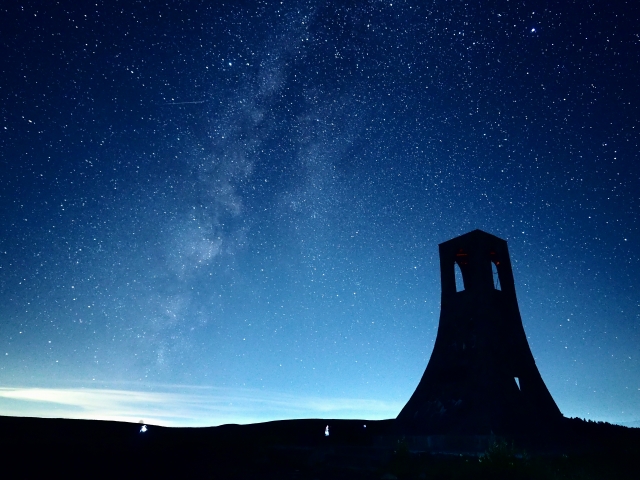
- Highlights: At over 2,000 meters above sea level, this area sees minimal light pollution and offers panoramic views of the sky. Winter nights are famously clear, but even summer visitors can enjoy striking views of the Milky Way.
- Access: About 1.5 hours by car from Matsumoto City. Plenty of parking areas and visitor facilities.
Mount Fuji Fifth Station (Yamanashi Prefecture)
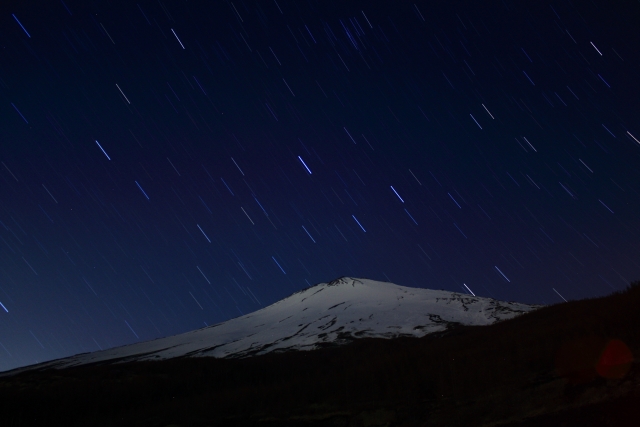
- Highlights: Experience the grandeur of Japan’s most iconic mountain under starry skies. Crowds are fewer outside the peak climbing season, giving you more serene nights for celestial observation.
- Access: Take the Fuji Subaru Line to reach the fifth station. Note seasonal road closures in winter.
Akiyoshidai (Yamaguchi Prefecture)
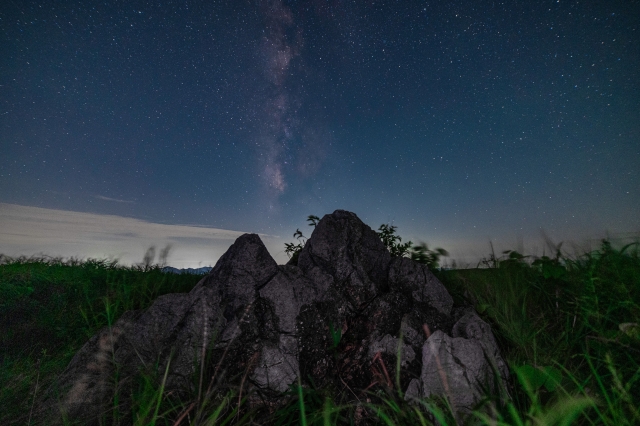
- Highlights: Renowned for its vast karst plateau, Akiyoshidai boasts wide-open views and remarkably low light pollution, making it ideal for stargazing throughout the year. The landscape’s rolling hills and limestone outcrops add a dramatic touch to your nighttime vistas.
- Access: Located near Mine City in Yamaguchi Prefecture. It’s about a 30–40-minute drive from the nearest expressway exit (Ogori IC or Mine IC on the Chugoku Expressway). Road conditions are generally good year-round, but always check for any local advisories.
Shiretoko Pass (Hokkaido)
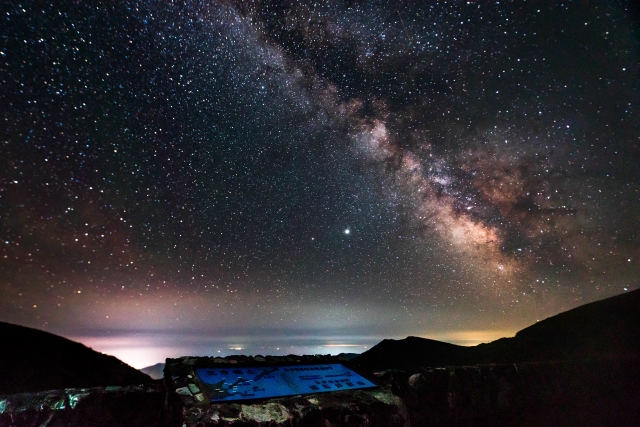
- Highlights: Situated in the pristine wilderness of eastern Hokkaido, Shiretoko Pass bridges the towns of Rausu and Shari on the Shiretoko Peninsula—an area celebrated for its unspoiled nature and minimal light pollution. In summer, clear nights reveal a stunning Milky Way, while the colder months can offer exceptional clarity (though some roads may close due to heavy snowfall).
- Access: Reachable via National Route 334, though sections are often shut in winter. Travelers from Sapporo can take a scenic drive along the eastern coast of Hokkaido or fly into Memanbetsu Airport and continue by rental car. Always confirm road closures before planning a trip, especially in winter.
Around Mount Aso (Kumamoto Prefecture)
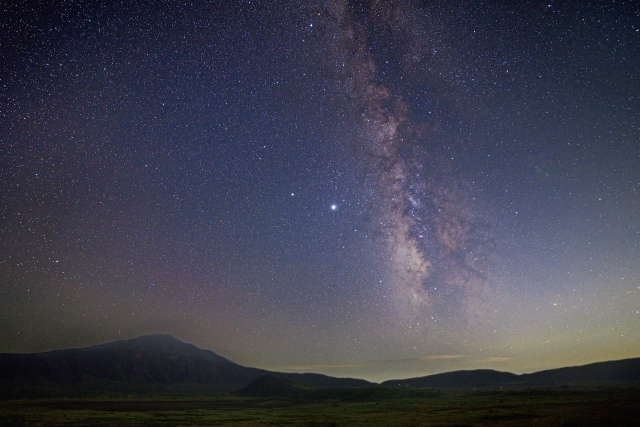
- Highlights: The volcanic landscapes of Kyushu’s Mount Aso serve as a striking backdrop any time of year. Dry winter air reveals especially sharp stars, but summer nights can be equally enchanting with fireflies in some areas.
- Access: Follow the Aso Panorama Line for multiple vantage points. Always check volcanic activity reports before visiting.
4. Tips for Making the Most of Your Camper
Use Roadside Stations & Campgrounds
Consider stopping at “Michi-no-Eki” (roadside rest areas) or recognized campgrounds near stargazing sites. They’re safe, convenient, and often include restrooms, food stalls, and electrical hookups.
Plan Your Power Supply
Solar-powered panels, portable batteries, or power-saving habits can help you run your lights, devices, and HVAC systems without draining the camper’s main battery.
Explore Daytime Attractions
If you arrive early, take advantage of local nature trails, hot springs, or cultural sites. Seasonal scenery—cherry blossoms in spring, lush green forests in summer, autumn leaves, and snowy vistas—will fill your days with as much wonder as your stargazing nights.
5. Elevate Your Stargazing Experience
Catch Celestial Events
Meteor showers, lunar eclipses, and planetary alignments occur throughout the year in Japan. From the springtime Lyrids to the famous August Perseids and winter Geminids, planning around these events can transform your trip into a once-in-a-lifetime spectacle.
Try Astrophotography
A DSLR or mirrorless camera with manual settings, a tripod, and a remote shutter release are the basic tools for capturing star trails or constellations. Light painting and time-lapse photography can add an artistic twist to your night.
Learn Star Stories
Discover the mythology behind each constellation for an extra layer of wonder. Japanese folklore and Western star lore both offer rich tales that bring the night sky to life.

Final Thoughts
Stargazing in Japan can be magical at any time of year, and a camper amplifies that magic by giving you the freedom to explore wherever the skies are clearest. Whether you’re marveling at Orion in a chilly winter sky, spotting the Milky Way during balmy summer nights, or chasing meteor showers in spring or autumn, the possibilities are endless.
Why not embark on your own year-round journey through Japan’s star-filled landscapes? With the mobility and comfort of a camper, you’ll have front-row seats to the cosmos—and memories that will shine bright for years to come. Safe travels and happy stargazing!
